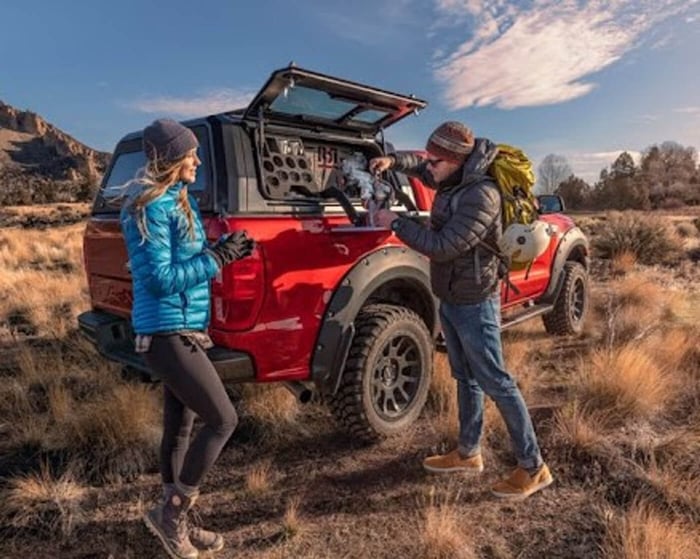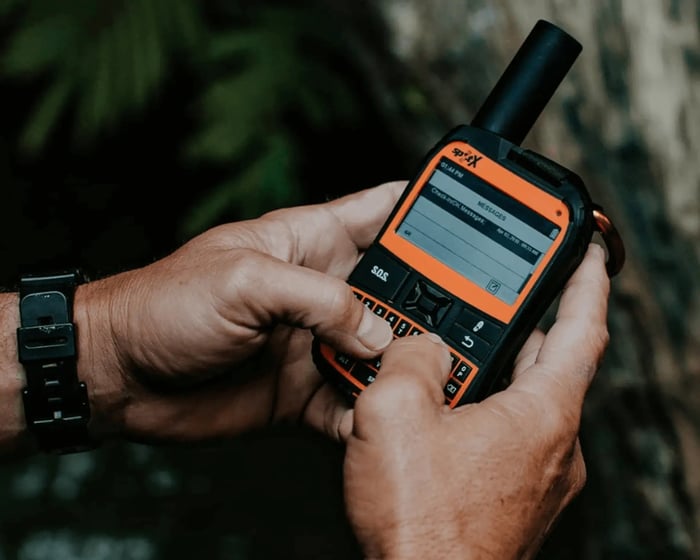
No Service? No Problem: Off-Grid Communication Options to Keep You Connected
When you customize your off-road truck or SUV to help you get away from it all, off-grid communications are a prime consideration for your build. While an off-road radio that works on short-range frequencies or a cell phone might do fine for a quick visit to your local off-roading park or a popular trail on public grounds just off a highway, they won’t do much for you when you’re miles away from civilization. In addition, both can suffer as ranges increase, load on their particular frequencies increase, or obstructions that interfere with line-of-sight interfere with your transmission and reception. Whether you need it to stay in touch with your family, field work-related client questions, or just to have an easy way to call for help in the case of an emergency, effective off-grid communications are a necessity.
Evolving Tech For Staying Connected
Anytime man has ventured into the frontier to challenge the unknown, explore, or just test themselves against the great outdoors away from civilization, it’s been important to keep lines of communication open. From runners tasked to report the latest news from Lewis and Clark as they passed through forts to the Pony Express, telegraph wires, shortwave radios, convenient public payphones at ranger stations, and eventually cell phones, we’ve worked to provide a way to get word from or to home. Whether for comfort, work, or safety, the ability to stay in touch even when you get away is important, and both technology and services have evolved to help facilitate this communication.
Modern Wireless Communications
Today, wireless communication is ubiquitous, with many people reading this blog using a phone, tablet, or computer that connects to the internet wirelessly. It’s become so commonplace that it’s remarkably frustrating how much of our world revolves around this technology when it fails. From the phones in our pockets to vehicle systems, office printers, the ATM at your local gas station, and even some refrigerators and small appliances. This is all possible by the tech in question transmitting information by broadcasting it on specific frequencies in a format the receiving technology can decode, then reversing the process to receive transmissions back. The differentiation comes in how this communication is achieved.
-
-
- Radio Frequencies - Usually used for short-range communication, you’re probably familiar with the small off-road radios that are designed for vehicle-to-vehicle or vehicle-to-spotter communication on the trail. Operating on FRS frequencies, they convert sound and limited data to transmissions that are decoded by the receiving radio. A much more powerful signal is used on the AM or FM band by your favorite radio stations and public safety offices that want to broadcast weather, traffic, or public service information to drivers and their vehicle’s radio.
- WI-Fi and Bluetooth - Wireless communication formats designed for ultra-short-range transmission and reception, they allow devices to connect to one another, extending a user’s experience. Many newer vehicles can act as a wi-fi hotspot, sharing internet access that reaches the vehicle or your phone to other devices. Bluetooth connectivity is used for a similar purpose and is most often associated with transmitting sounds or calls to speakers, although its adaptable protocols allow for a wide range of other functions to be used. These transmissions are often limited to ranges of 30 feet or less, making them perfect for intra-vehicle transmissions.
- Cellular Signals - Used in phones and smart devices, data is transmitted via radio signal to a nearby tower, where it continues via wired phone, cable, or fiber optic networks. This not only has the bandwidth to allow for phone calls but also full internet access miles away from these towers. Line-of-sight communication, the range and signal quality can be easily influenced by atmospheric factors, objects between your antenna and the nearest tower, and even the number of other users attempting to use that tower at a given time.
- Satellite Communications - An off-grid communication device encodes its data and transmits it to a geosynchronous satellite hanging high above the Earth. Once received, this satellite retransmits the data back to a receiver that, similar to cellular technology, converts it for further travel on wired systems. While atmospheric conditions such as cloud cover can impact performance, line-of-site is easy to maintain.
-
Finding the Right Communication Equipment
When choosing your communications equipment, consider what off-roading activities you’re planning. You should always build to meet your current needs, but make sure you “future-proof” your experiences by planning for additional upgrades as your driving skills and off-road pursuits evolve. Like your suspension, your off-grid communications will benefit from the ability to adapt to meet the needs of the trail.
Two-Way Radio Communication
These off-road radios go beyond the small short-range FRS or CBRS bands to operate at higher frequencies. That extends their range, giving them a further reach. However, this does open them up to an increased possibility of interference from other signals, and VHF-Hi band broadcasts have been known to extend out to 100 miles or more under favorable atmospheric conditions. These radios are best used when you won’t be too far from the nearest listener and are familiar with the local channels or frequencies.
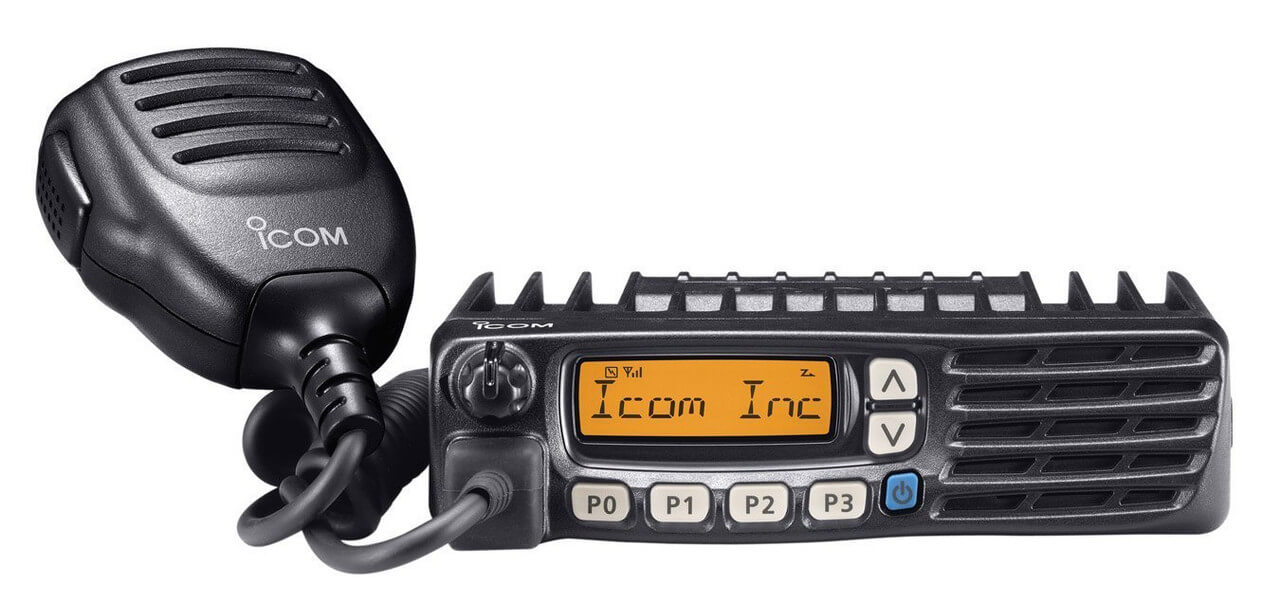
The Icom F5021 Mobile 2-Way Radio operates in the 136-174 MHz range. That covers both the maritime and amateur radio 2-meter band, giving you a wide range of usable frequencies to choose from. Similar in form to traditional truck CB radios, it offers a longer range, 128 channels to choose from, and an array of communication features that keep coms clear and make it a powerful off-roading tool to keep apprised of weather and reach out to talk to other vehicles or rescue personnel.
Connectivity Adapter
Being miles away from civilization shouldn’t mean you’re away from your favorite entertainment. Streaming services have given us unprecedented access to our favorite content in the form of movies, television shows, videos, and more. For overlanders who use their vehicle as a home-away-from-home, having the connectivity to use their vehicle display as an entertainment system is important. Broadcast using wi-fi or Bluetooth protocols, the data is shared privately to keep you entertained on the go.
The Magic Box Streaming Device is more than just an entertainment system, however. Plugging into your vehicle’s console using its USB data port, it allows you to broadcast to your Apple CarPlay or Android Auto-capable entertainment console. It also comes pre-loaded with popular streaming apps and can connect through your wi-fi hotspot to keep you up-to-date on your favorite shows, watch the news, or take in weather reports from your favorite network.
Cellular Signal Booster
Cell phones are a common piece of tech and popular off-grid communication devices. They only work well when a signal is strong enough for a reliable connection. Without it, they not only lack the ability to connect to the internet at acceptable speeds for data transfer that apps rely on but may not even be able to make phone calls in an emergency. Many drivers resign themselves to a hike toward the nearest highway or hilltop should an emergency occur, but this can be dangerous in certain conditions. In the event of a medical emergency, they may not be able to hike out at all.
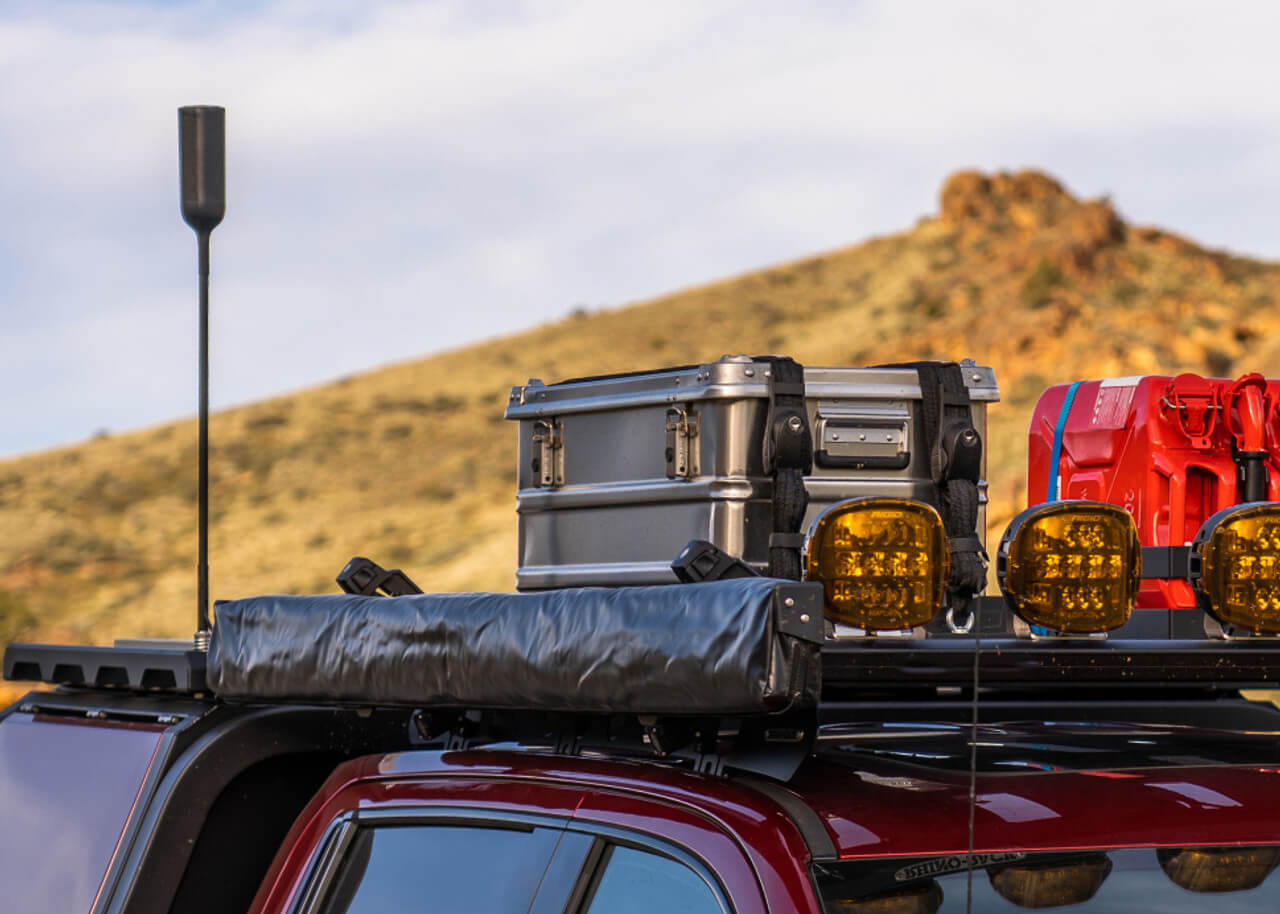
The WeBoost Drive Reach Overland and the WeBoost Drive Reach OTR are the most powerful multi-user cell phone signal boosters available on the market without special licenses and permits. Featuring an antenna that meets NEMA and Military standards, it captures weaker cell tower transmissions, passes them through an amplifier, and rebroadcasts them inside your vehicle to your phone. When transmitting, the same amplifier creates a more powerful signal for a more reliable signal that reaches farther.
Satellite Messenger
For truly long-range off-grid communications, route your data through outer space. By routing your communications through a satellite, you have almost unlimited range anywhere in the world that has a clear view of the sky. Often powered by subscription services for access to the system, it comes with an array of features that an off-road radio can’t match.
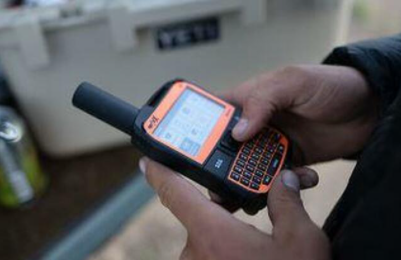
Satellite phones remain expensive, but the Spot-X Satellite Messenger gives you a cost-effective way to stay in touch from the field and reach out around the world. A powerful communication tool, the Spot-X lets you text directly to any SMS-enabled cell phone or smart device. It also features mapping, tracking technology, and emergency assistance at the press of a button.
Upgrade Your Overlander
We have the off-grid communication equipment you need to stay in touch in stock and ready to ship. If you need more product information or want to talk to one of our parts specialists about the right solutions for your off-roading lifestyle, we’re by the phone days, nights, and weekends. Order your aftermarket communications upgrades from the pros at Offroad Alliance today.



